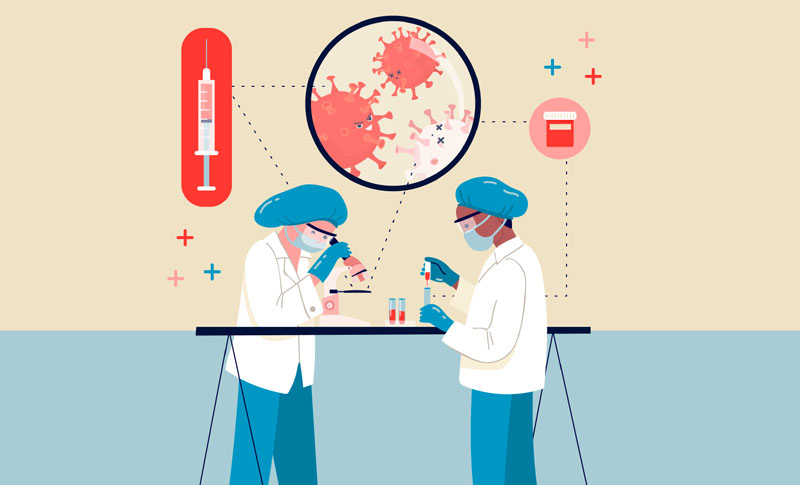
Sepsis, often referred to as an infection gone wild, is a severe condition that can quickly escalate from seemingly mild symptoms to life-threatening complications. On September 13th, we observe World Sepsis Day to raise awareness about this critical health issue.
Understanding Sepsis
Sepsis occurs when the body’s response to infection becomes overly aggressive, leading to widespread inflammation and organ damage. Common infections like flu, pneumonia, urinary tract infections, abdominal infections, and others can trigger sepsis.
Symptoms and Progression
Unlike conditions like heart attacks or strokes that manifest rapidly, sepsis can start subtly and progress slowly. Symptoms may include:
In severe cases, sepsis can lead to dangerously low blood pressure, respiratory failure requiring ventilation, kidney and liver dysfunction, and abnormal blood clotting.
Risk Factors
Individuals at higher risk include the elderly, young children, and those with weakened immune systems or chronic illnesses such as diabetes, liver or kidney disease, cancer, and AIDS.
Global Impact and Treatment
Globally, sepsis affects millions annually and contributes to millions of deaths, particularly impacting newborns and children. Prompt and aggressive treatment with antibiotics is crucial, though rising antibiotic resistance poses challenges, especially in low-income countries.
Early Detection Saves Lives
Early diagnosis is critical in managing sepsis effectively. Recognizing symptoms early and seeking immediate medical attention can significantly improve outcomes. It’s essential to communicate all symptoms and medical history to your healthcare provider for accurate diagnosis and treatment.
Prevention and Awareness
Maintaining good hygiene, promptly treating infections, and staying vigilant for symptoms can help prevent sepsis. Hydration during fevers and avoiding overexertion are advisable precautions.
Conclusion
Sepsis is a medical emergency that demands swift action, similar to heart attacks or strokes. Awareness and education are key to ensuring timely intervention and improving survival rates.